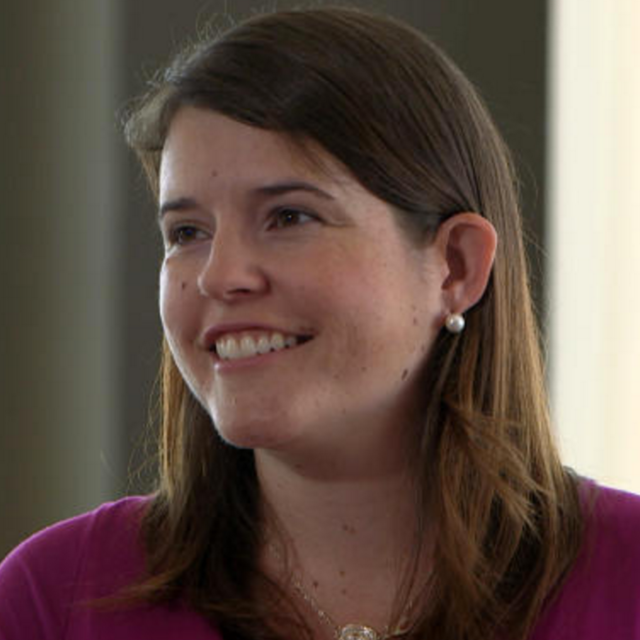February
2014
•
2014ApJS..210...20M
Authors
•
Marcy, Geoffrey W.
•
Isaacson, Howard
•
Howard, Andrew W.
•
Rowe, Jason F.
•
Jenkins, Jon M.
•
Bryson, Stephen T.
•
Latham, David W.
•
Howell, Steve B.
•
Gautier, Thomas N., III
•
Batalha, Natalie M.
•
Rogers, Leslie
•
Ciardi, David
•
Fischer, Debra A.
•
Gilliland, Ronald L.
•
Kjeldsen, Hans
•
Christensen-Dalsgaard, Jørgen
•
Huber, Daniel
•
Chaplin, William J.
•
Basu, Sarbani
•
Buchhave, Lars A.
•
Quinn, Samuel N.
•
Borucki, William J.
•
Koch, David G.
•
Hunter, Roger
•
Caldwell, Douglas A.
•
Van Cleve, Jeffrey
•
Kolbl, Rea
•
Weiss, Lauren M.
•
Petigura, Erik
•
Seager, Sara
•
Morton, Timothy
•
Johnson, John Asher
•
Ballard, Sarah
•
Burke, Chris
•
Cochran, William D.
•
Endl, Michael
•
MacQueen, Phillip
•
Everett, Mark E.
•
Lissauer, Jack J.
•
Ford, Eric B.
•
Torres, Guillermo
•
Fressin, Francois
•
Brown, Timothy M.
•
Steffen, Jason H.
•
Charbonneau, David
•
Basri, Gibor S.
•
Sasselov, Dimitar D.
•
Winn, Joshua
•
Sanchis-Ojeda, Roberto
•
Christiansen, Jessie
•
Adams, Elisabeth
•
Henze, Christopher
•
Dupree, Andrea
•
Fabrycky, Daniel C.
•
Fortney, Jonathan J.
•
Tarter, Jill
•
Holman, Matthew J.
•
Tenenbaum, Peter
•
Shporer, Avi
•
Lucas, Philip W.
•
Welsh, William F.
•
Orosz, Jerome A.
•
Bedding, T. R.
•
Campante, T. L.
•
Davies, G. R.
•
Elsworth, Y.
•
Handberg, R.
•
Hekker, S.
•
Karoff, C.
•
Kawaler, S. D.
•
Lund, M. N.
•
Lundkvist, M.
•
Metcalfe, T. S.
•
Miglio, A.
•
Silva Aguirre, V.
•
Stello, D.
•
White, T. R.
•
Boss, Alan
•
Devore, Edna
•
Gould, Alan
•
Prsa, Andrej
•
Agol, Eric
•
Barclay, Thomas
•
Coughlin, Jeff
•
Brugamyer, Erik
•
Mullally, Fergal
•
Quintana, Elisa V.
•
Still, Martin
•
Thompson, Susan E.
•
Morrison, David
•
Twicken, Joseph D.
•
Désert, Jean-Michel
•
Carter, Josh
•
Crepp, Justin R.
•
Hébrard, Guillaume
•
Santerne, Alexandre
•
Moutou, Claire
•
Sobeck, Charlie
•
Hudgins, Douglas
•
Haas, Michael R.
•
Robertson, Paul
•
Lillo-Box, Jorge
•
Barrado, David
Abstract
•
We report on the masses, sizes, and orbits of the planets orbiting 22 Kepler stars. There are 49 planet candidates around these stars, including 42 detected through transits and 7 revealed by precise Doppler measurements of the host stars. Based on an analysis of the Kepler brightness measurements, along with high-resolution imaging and spectroscopy, Doppler spectroscopy, and (for 11 stars) asteroseismology, we establish low false-positive probabilities (FPPs) for all of the transiting planets (41 of 42 have an FPP under 1%), and we constrain their sizes and masses. Most of the transiting planets are smaller than three times the size of Earth. For 16 planets, the Doppler signal was securely detected, providing a direct measurement of the planet's mass. For the other 26 planets we provide either marginal mass measurements or upper limits to their masses and densities; in many cases we can rule out a rocky composition. We identify six planets with densities above 5 g cm-3, suggesting a mostly rocky interior for them. Indeed, the only planets that are compatible with a purely rocky composition are smaller than ~2 R ⊕. Larger planets evidently contain a larger fraction of low-density material (H, He, and H2O).
Based in part on observations obtained at the W. M. Keck Observatory, which is operated by the University of California and the California Institute of Technology.
Links





